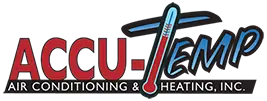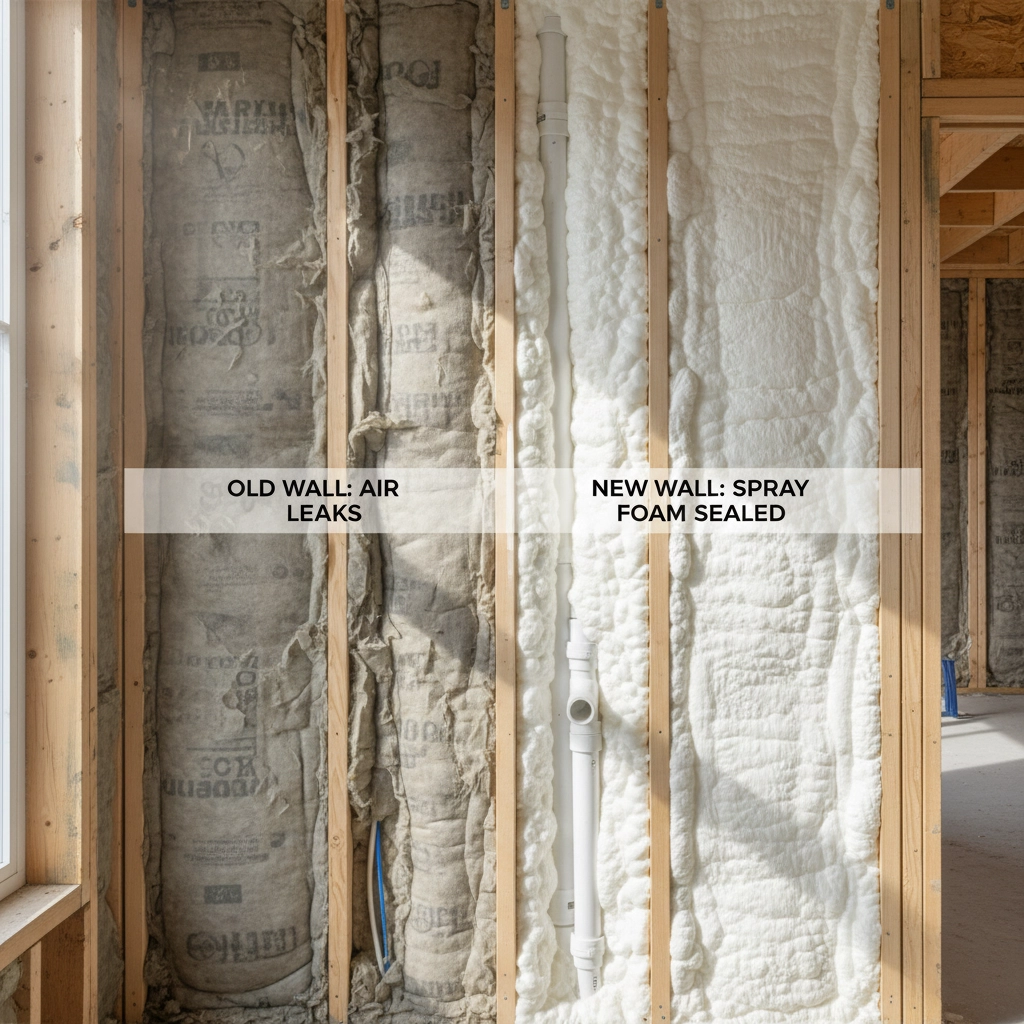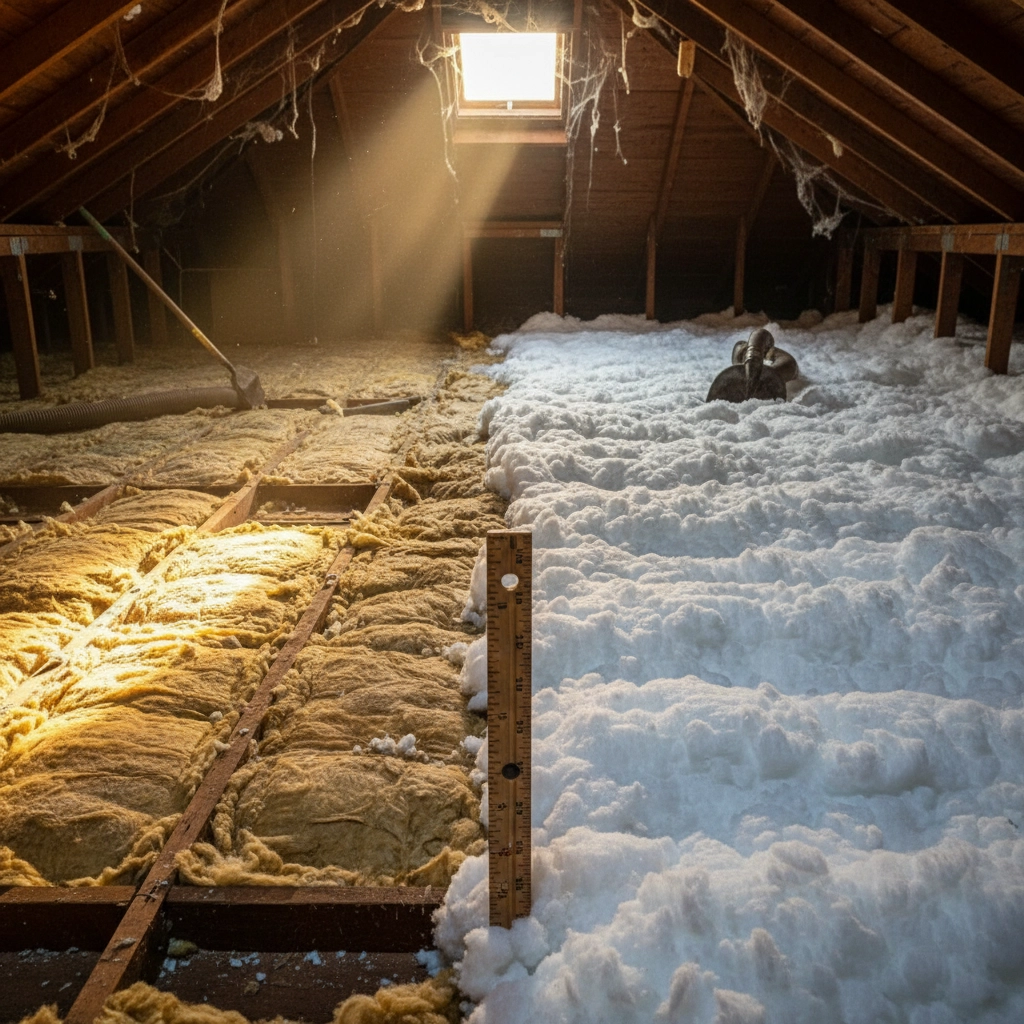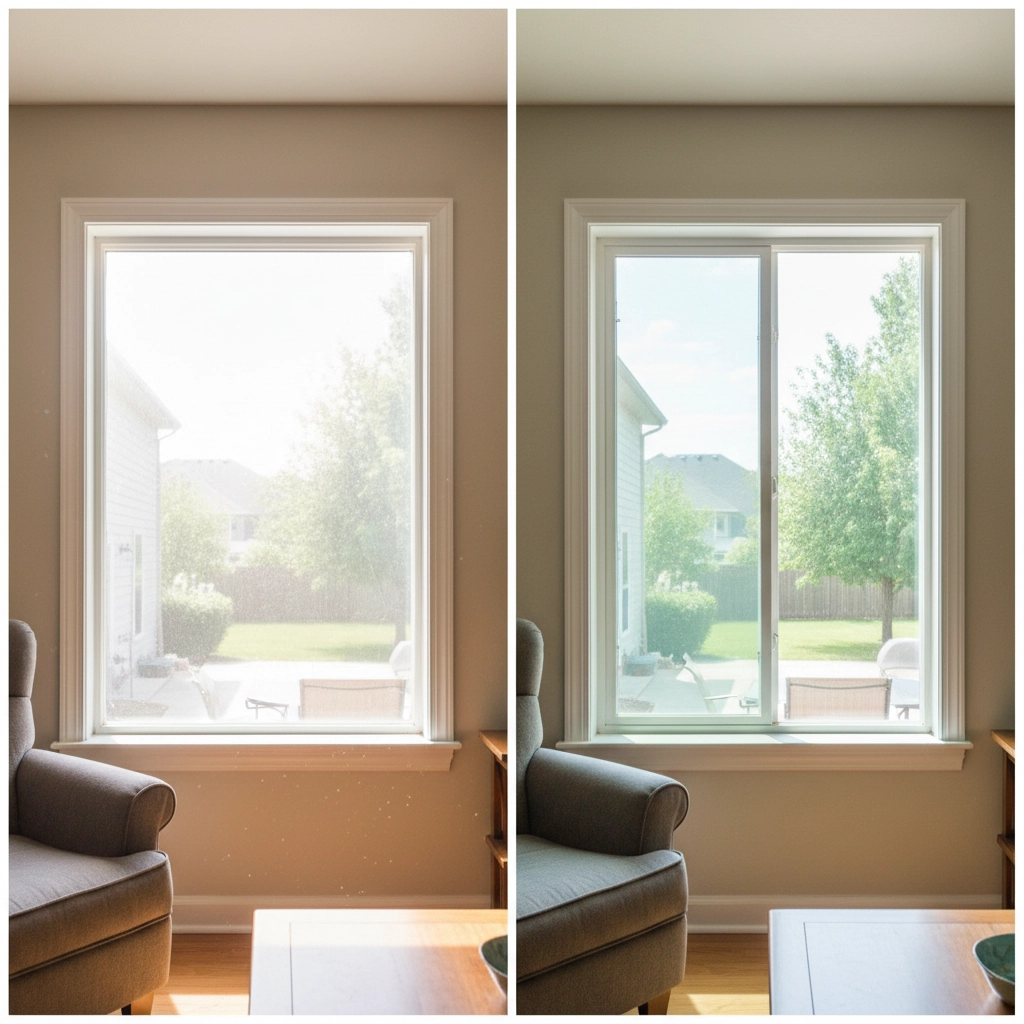HVAC systems work overtime
Here in Central Texas, we know our HVAC systems work overtime. With scorching summers that can hit triple digits and unpredictable winters, your heating and cooling equipment is constantly battling the elements. But what if I told you that your system might be working way harder than it needs to?
The truth is, many Central Texas homeowners are unknowingly making their HVAC systems fight an uphill battle every single day. Poor insulation, leaky windows, and drafty doors are like leaving your front door wide open while cranking up the AC – your system has to work twice as hard to keep you comfortable.
Instead of immediately jumping to replace your HVAC equipment or sizing up to a bigger system, let’s talk about some game-changing upgrades that can dramatically reduce your energy bills and help your current system work smarter, not harder.
The Real Culprit Behind Sky-High Energy Bills
Before we dive into solutions, let’s understand what’s really happening. Your HVAC system isn’t just fighting the Texas heat – it’s fighting your home’s building envelope. Every gap, every poorly insulated wall, and every single-pane window is working against your comfort and your wallet.
Think of it this way: if your home was a cooler, you wouldn’t expect it to keep drinks cold with the lid cracked open, right? The same principle applies to your house. When conditioned air escapes and outdoor air sneaks in, your HVAC system has to constantly play catch-up.
Spray Foam Insulation: The Game Changer
Spray foam insulation is arguably the most impactful upgrade you can make to your Central Texas home. Unlike traditional fiberglass batts that can leave gaps and settle over time, spray foam expands to fill every nook and cranny, creating an airtight seal.
Here’s what makes spray foam so effective in our climate: it doesn’t just insulate – it air seals. In Texas, where humidity is often as much of a challenge as temperature, spray foam prevents moisture infiltration that can make your AC work overtime to dehumidify your home.
When properly installed, spray foam can reduce your cooling load by 30-50%. That means your current HVAC system suddenly doesn’t have to work nearly as hard to maintain comfortable temperatures. For many homeowners, this translates to energy savings of $1,000 or more annually.
The best part? Spray foam insulation pays for itself through energy savings, typically within 3-5 years, while extending the life of your HVAC equipment by reducing its workload.
Supercharge Your Attic with Higher R-Value Insulation
Your attic is ground zero in the battle against Texas heat. During summer, attic temperatures can soar to 150°F or higher, turning your home’s top floor into a giant heat radiator. If your attic insulation is inadequate (and trust me, most Central Texas homes have way less than they need), your AC is fighting a losing battle.
Here’s the deal: most older homes in our area have R-19 or less in the attic. For Central Texas, you really want R-38 to R-49 to properly protect your home from our brutal summers and occasional winter chills.
Upgrading to higher R-value insulation creates a thermal barrier that keeps hot air out in summer and warm air in during winter. This simple upgrade can reduce your HVAC’s workload by 20-40%, depending on your home’s current insulation level.
The beauty of proper attic insulation is that it works 24/7, 365 days a year. While spray foam is more of an investment, adding blown-in insulation to your attic is relatively affordable and delivers immediate results on your energy bills.
Ditch Those Energy-Vampire Single Pane Windows
Single pane windows are absolute energy vampires, especially in Central Texas. They offer virtually no insulation value and allow heat to pour into your home during summer while letting precious conditioned air escape.
Here’s a reality check: single pane windows have an R-value of about 1, while quality double-pane windows with Low-E coatings can have R-values of 3-4 or higher. That might not sound like much, but windows typically account for 15-25% of your home’s energy loss.
Modern replacement windows with double or triple panes, Low-E coatings, and insulated frames can reduce heat gain by up to 75% compared to single pane windows. In practical terms, this means your AC doesn’t have to fight against the greenhouse effect that single pane windows create in your home.
The comfort improvement is immediate and noticeable. No more hot spots near windows, no more cranking the thermostat down to compensate for heat gain, and significantly less strain on your HVAC system.
Seal the Deal with Weather-Tight Doors
Don’t overlook your doors – they’re often one of the biggest sources of energy loss in Central Texas homes. Old doors with worn weatherstripping, gaps at the bottom, or poor-fitting frames are like having a permanent opening to the outdoors.
New doors with full weather seals include:
- Multi-point weatherstripping systems
- Proper door sweeps that seal the gap at the bottom
- Insulated cores that prevent thermal transfer
- Tight-fitting frames that eliminate gaps
A quality exterior door with proper weather sealing can prevent hundreds of cubic feet of air leakage per hour. That might not sound like much, but it adds up quickly when your AC is trying to maintain 75°F while outside air is 105°F.
How These Upgrades Work Together
The real magic happens when you combine these upgrades. Each improvement builds on the others to create what we call a “tight building envelope.” Here’s how they work as a team:
- Spray foam seals the walls and eliminates air leaks
- Proper attic insulation blocks radiant heat from above
- Quality windows prevent solar heat gain
- Weather-tight doors stop conditioned air from escaping
Together, these upgrades can reduce your HVAC load by 50% or more. That’s not just a minor improvement – that’s potentially cutting your energy bills in half while dramatically improving your comfort.
Right-Sizing vs. Over-Sizing Your HVAC
Here’s where many Central Texas homeowners make a costly mistake. When their old system struggles to keep up, they assume they need a bigger unit. But if your building envelope is leaky, even an oversized system will struggle and waste energy through short cycling.
By improving your home’s efficiency first, you might discover that your current HVAC system is actually perfectly sized – it just needed some help. Or, if you do need a replacement, you can right-size to a smaller, more efficient system that costs less to purchase and operate.
This approach can save you thousands upfront on equipment costs while delivering better performance and lower operating costs for decades to come.
The Smart Investment Strategy
If you’re considering HVAC system replacement, think about timing these upgrades strategically. Many homeowners see the biggest return on investment by improving their building envelope first, then replacing HVAC equipment if needed.
Why? Because once your home is properly insulated and sealed, you’ll know exactly what size system you actually need. Plus, a smaller system in an efficient home often costs less than an oversized system in an inefficient home.
Getting Started
The best part about these energy-efficient upgrades is that you don’t have to do them all at once. Many homeowners start with attic insulation for immediate impact, then gradually add other improvements as budget allows.
Before making any major HVAC decisions, consider having an energy audit to identify where your home is losing the most energy. This gives you a roadmap for the most cost-effective improvements.
At Accu-Temp Air Conditioning & Heating, we’ve seen countless Central Texas homeowners transform their comfort and slash their energy bills through smart building envelope improvements. Your HVAC system will thank you – and so will your wallet.
Want to learn more about how to make your home more efficient with a new system? Contact us for a consultation. We’ll help you create a plan that makes sense for your home and budget.




